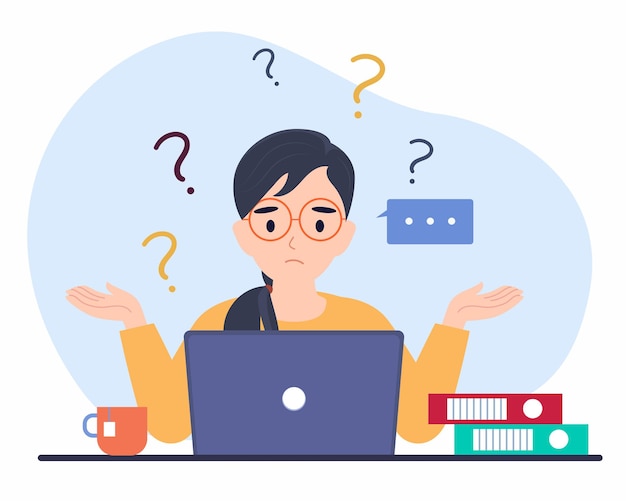
We all know that a stable and high-speed internet connection is crucial for both work and leisure. Many users, however, find themselves questioning the consistency of their internet speeds. A common concern that arises is whether their internet service provider (ISP) is intentionally slowing down their connection, a practice known as throttling. In this blog, we’ll explore the intricacies of throttling, debunk some common misconceptions, and shed light on the factors that might be affecting your internet speeds.
Throttling is a technique employed across an entire network and would typically affect hundreds of customers simultaneously. So, if you are experiencing slow internet speeds as the sole user in your household or office, it’s less likely that your carrier is throttling you. However, ISPs have alternative methods to manage network traffic and bandwidth, such as Traffic Shaping, which can impact individual users.
Understanding Throttling and Traffic Shaping
Throttling, in its strict sense, involves deliberately slowing down the internet speeds of all users on a network. This is often done by ISPs to manage network congestion during peak hours or to ensure fair usage among all customers. While throttling is a real phenomenon, it usually affects multiple users at once, rather than just one individual.
On the other hand, Traffic Shaping is a process by which ISPs control the flow of data for individual users. This can result in reduced bandwidth for specific users, especially if they are consuming a large amount of data or have surpassed their monthly plan limits. Unlike throttling, Traffic Shaping is more targeted and can impact single users based on their network behavior.
Factors Affecting Internet Speeds
- Network Congestion: Throttling is often implemented during peak usage times when the network experiences congestion. However, individual users might still face slower speeds due to the overall strain on the network.
- Monthly Data Usage: ISPs may reduce bandwidth for specific users who exceed their monthly data limits. It’s essential to monitor your data usage and choose a plan that aligns with your needs to avoid potential speed reductions.
- Paid Prioritization: This is a financial arrangement whereby a company pays an ISP to have their data prioritized above other data on the network, like a fast lane. In 2018, the Federal Communications Commission (FCC) overturned existing net neutrality laws and legalized paid prioritization.
- Technical Issues: Sometimes, slow internet speeds can be attributed to technical problems such as faulty equipment, outdated routers (hardware or firmware), or issues with the ISP’s infrastructure. Regularly checking and maintaining your hardware can help ensure optimal performance.
Stay Informed
In conclusion, while the term “throttling” is commonly used to describe intentional slowing down of internet speeds, the reality is more nuanced. If you are experiencing slow speeds as the sole user, it’s more likely a result of factors like network congestion or individual bandwidth management through Traffic Shaping.
To ensure a smooth internet experience, it’s crucial to stay informed about your plan’s data limits, monitor your monthly usage, and address any technical issues promptly. If speed issues persist, reaching out to your ISP’s customer support for assistance and clarification is a recommended step.
Remember, a well-informed user is better equipped to navigate the complexities of internet connectivity and make the most out of their online experience.

